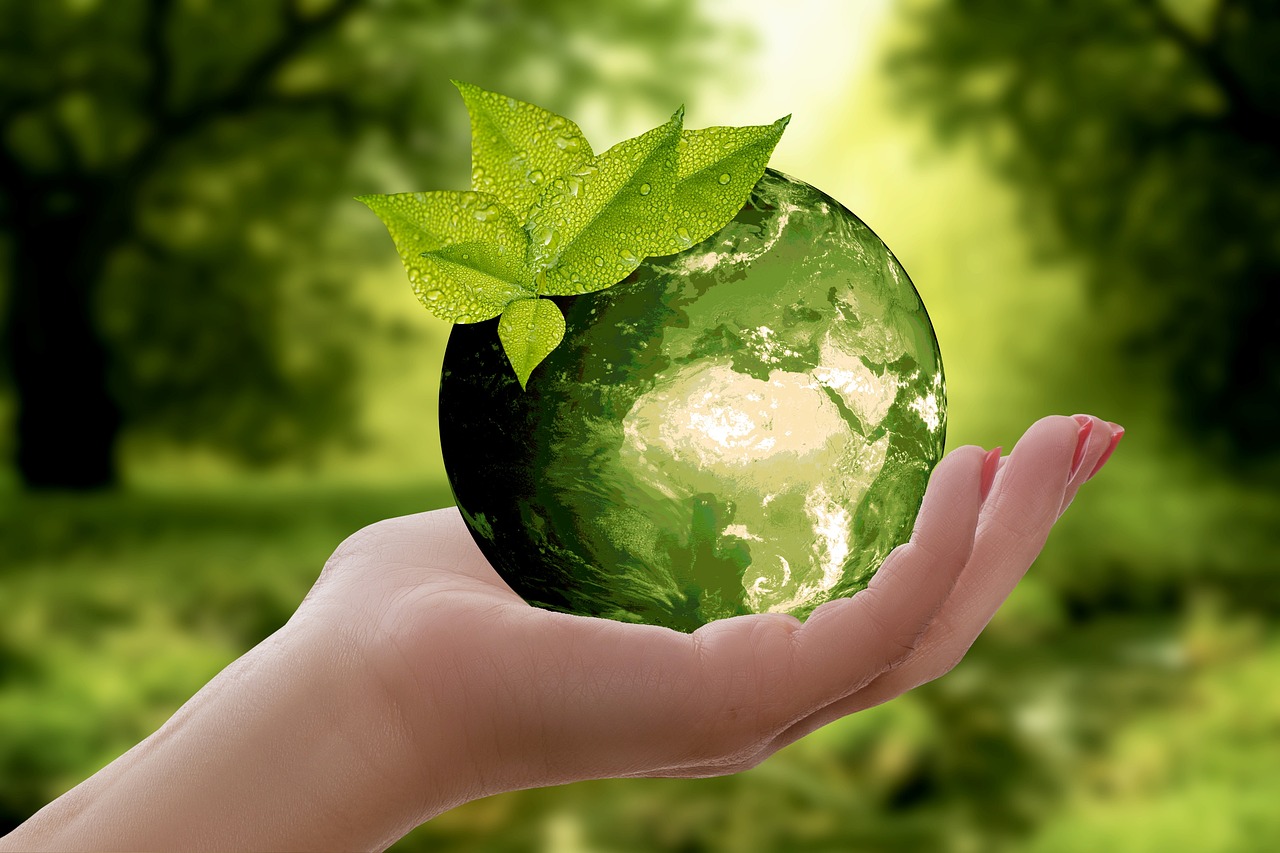
Sustainable Living & Design
- World’s First “Coffee-Concrete” Pavement in Australia is 30% Stronger and uses Recycled Coffee Grounds - Yanko Designwww.yankodesign.com World’s First “Coffee-Concrete” Pavement in Australia is 30% Stronger and uses Recycled Coffee Grounds - Yanko Design
https://youtu.be/eW2Z_8mAzSs Did you know that the most widely used substance in the entire world, after water, is concrete?? You'd think it was paper or plastic or wood even, but more concrete is used every single day across the world than any of those materials... and for what it's worth, it's con...
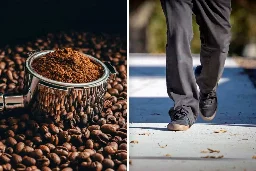
- How Does Upcycling Innovate Materials? - Yanko Designwww.yankodesign.com How Does Upcycling Innovate Materials? - Yanko Design
Amidst global concerns of exceeding the Earth's capacity, upcycling has gained prominence as a solution, driven by conscious consumption and the circular economy's principles. Upcycling helps reduce the amount of waste that would have made it to the landfills and repurposes items that would have bee...
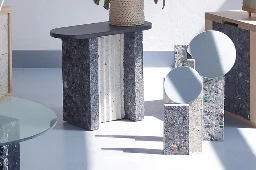
- Open-Source Water Purification, Structures, and Sanitation (Off-Grid Communities) 📖💧🏠🚾🌱www.eco-libre.org 2023 Annual Report - Eco-Libre
In 2023, we added 4 new open-source hardware projects to address community's human rights, including access to safe water, shelter, and sanitation
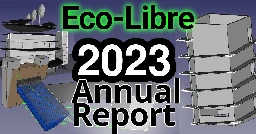
Happy 2024! The Eco-Libre project published our 2023 Annual Report for last year.
[!Eco-Libre 2023 Annual Report](https://www.eco-libre.org/2023-annual-report/)
Eco-Libre is a volunteer-run project that designs libre hardware for sustainable communities.
> Eco-Libre's mission is to research, develop, document, teach, build, and distribute open-source hardware and software that sustainably enfranchises communities' human rights. > > - Eco-Libre's mission statement
We aim to provide clear documentation to build low-cost machines, tools, and infrastructure for people all over the world who wish to live in sustainable communities with others.
Executive Summary
- Eco-Libre was founded June 24, 2023
- Begun searching for land in Ecuador
- Four projects created on GitHub
- Currently 2 active contributors
- 2024 priority is finding land and R&D on Life-Line
Michael Altfield registered the domain-name eco-libre.org on June 24th, 2023, a few weeks after arriving to Ecuador.
Over the next 6 months, Eco-Libre committed research and designs to our GitHub org for four projects (licensed CC BY-SA) which address some of the essential requirements for a new community's basic human needs: clean water, shelter, electricity, and ecological processing of waste. By releasing these designs under a libre license, it allows for other communities to build their own infrastructure with minimal effort, and it encourages collaboration on standardized design concepts.
As Eco-Libre's projects mature, we will build experimental prototypes in our own community. To that end, Michael is currently traveling around Ecuador by bicycle in-search of land to found Eco-Libre's first physical site.
In December, Eco-Libre was joined by Jack Nugent, who has since committed contributions to the Eco-Libre Life-Line project.
The priority focus for Michael in 2024 is to determine the best region in Ecuador to buy land where Eco-Libre can physically iterate on projects.
The priority focus for Jack in 2024 is to finish the research, design, and documentation of the Eco-Libre Life-Line project.
Projects
Eco-Libre was founded this year (in 2023). In our first 6 months, we've begun work on four libre hardware projects. All of them are currently in the early research stages.
Eco-Libre Launch-Nest
The Eco-Libre Launch-Nest was our first project. The concept is to build a small-footprint, high-occupancy structure for sustainable living of 30-people.
| [!CAD screenshot of a 6-story masonry structure with a large array of solar panels and three large parabolic solar dishes on the roof](https://www.eco-libre.org/2023-annual-report/#launch-nest) | |:--:| | Eco-Libre Launch-Nest 2023.09 |
The rooftop has sufficient space for 72 solar panels (2 meter x 1 meter) and 3 parabolic solar concentrators (16 square meter).
The structure is six-stories above-ground, which is the recommended maximum height of a confined masonry structure in an earthquake zone. It also has a basement.
The building is designed with external, enclosed, firewalled staircases on either end. These are symmetrical and designed such that the building design can be rotated around a center courtyard to have four Eco-Libre Launch-Nest structures that share the same stairwells.
Currently only basic, incomplete architectural design-work has been done in CAD. Before a structural analysis can be assessed (eg to determine the location of columns), further work needs to be done on finishing the placement of windows, doors, and dividing walls.
Eco-Libre Life-Line
The Eco-Libre Life-Line project is a series of components making up an infrastructure to deliver a clean water pipeline to a community. This includes:
| [!Photo of a small weir funneling watter into a 200L barrel with an expanded metal grate covering its opening](https://www.eco-libre.org/2023-annual-report/#life-line) | |:--:| | Eco-Libre Life-Line 2023.12 |
- Collection of raw surface water (eg from a stream)
- Removal of large organic debris & sediments
- Removal of small particles
- Removal of harmful bacteria & parasites
- Clean water storage
Michael started the Life-Line project after visiting a number of communities who had constant issues with their water systems breaking or failing to provide clean water. The goal is to design a low-cost, self-cleaning pipeline of systems that require minimal human intervention (max routine maintenance twice per year).
This year we have half-finished the "intake" component in CAD, which consists of building a weir in a stream that funnels turbulent water onto a downward-sloped HDPE barrel with a fine-mesh screen atop it. This design exploits the energy in falling turbulent water to clean the intake screen, and it prevents the intake from being clogged by organic debris during heavy rainfall.
Special thanks to Jack Nugent, who joined Eco-Libre in 2023 and has contributed to research, design, and documentation of the Eco-Libre Life-Line project.
The goal in 2024 is to finish the "intake" component in CAD and also to design the "settling tank", "pre-filter", and "sand filter" components in CAD.
Eco-Libre Genesis-Booth
How do you sustainably begin to build a community on land without electricity and without any structures?
The Eco-Libre Genesis-Booth is a simple storage shed with >1 kW of PV solar panels on the roof. This is the first structure to be built when jumpstarting a new off-grid community. It provides the power, storage, and outdoor workshop space needed to build-out the community.
| [!Photo of a small structure with 4 solar panels on its roof](https://www.eco-libre.org/2023-annual-report/#genesis-booth) | |:--:| | Eco-Libre Genesis-Booth 2023.06 |
This year we've made a simple footprint for the Genesis-Booth in CAD that's 4 meters x 2 meters -- just large enough to fit 4 solar panels (2 meters x 1 meter each). Further work is needed in CAD, but this year we also delved into making a framework for our documentation.
The Eco-Libre documentation is written in reST, generated by Sphinx, and (currently) hosted by GitHub. This is an exceptionally flexible continuous documentation solution that allows for versioned documentation matching versioned releases, works well with git, can be exported to many different flexible formats, and can be extended with custom directives written in python.
The highest priority for the Genesis-Booth is to finish this documentation as a template for other projects. Ideally this should be designed in such a way that information about Eco-Libre in general is seamlessly added to all project's documentations in a reusable way.
Eco-LIbre Treasure Tower
The Eco-Libre Treasure-Tower project is a 7 meter x 6 meter structure for storing and processing a community's waste, most importantly their food & fecal compost.
| [!Photo of a tall 6-story structure with a wrap-around ramp and several doors on each floor](https://www.eco-libre.org/2023-annual-report/#treasure-tower) | |:--:| | Eco-Libre Treasure-Tower 2023.07 |
This structure is 6-stories high and barrier-free, with a wrap-around ramp. All but the top-floor have three doors:
- Access door for maintenance
- Deposit Closet
- Deposit Closet
Each deposit closet contains facilities for the collection of human urine and feces and is slightly staggered in elevation so the user's deposits fall by gravity into their designated collection areas for processing.
Separately from compost, this structure also serves as a storage area for recyclable waste materials, such as metal.
This year a first-draft design of the structure has been designed in CAD, but it's very premature.
Next, a second design prototype (where the two deposit closet entrances are on the same side) should be drafted in CAD and compared to the existing design.
Contribute to Eco-Libre
If you'd like to help Eco-Libre reach our mission to enfranchise sustainable communities' human rights with libre hardware, please contact us to get involved :)
Cheers, The Eco-Libre Team https://www.eco-libre.org/
- Earth Overshoot Day - August 2 2023
Earth Overshoot Day marks the date when humanity's demand for ecological resources and services in a given year exceeds what Earth can regenerate in that year. We maintain this deficit by liquidating stocks of ecological resources and accumulating waste, primarily carbon dioxide in the atmosphere. Earth Overshoot Day is hosted and calculated by Global Footprint Network, an international research organization that provides decision-makers with a menu of tools to help the human economy operate within Earth's ecological limits.
- Reducing Food Waste: Eight Tips for Home Cookswww.nrdc.org Reducing Food Waste: Eight Tips for Home Cooks
Whether you’ve always been the family chef or are just learning to perfect your meal planning and cooking now while stuck at home, making your food go as far as possible can be a source of solace during this difficult...
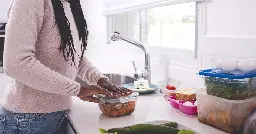
- A Complete Guide to Paper Compostingzerowastememoirs.com A Complete Guide to Paper Composting
Wondering which kinds of paper you can compost, and how? We answer all your paper composting questions here.
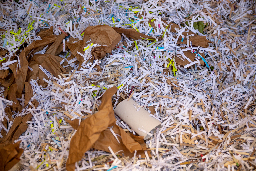
- A beginner’s guide to compostingwww.environment.sa.gov.au A beginner’s guide to composting
Want to turn your kitchen and garden waste into ‘black gold’? Here’s how to start composting and why you’d want to.
- Does anyone find shampoo bars leave a waxy feeling in their hair?
cross-posted from: https://sh.itjust.works/post/58054
> Some seem better than others but a new shampoo & conditioner bar I bought seems much worse.